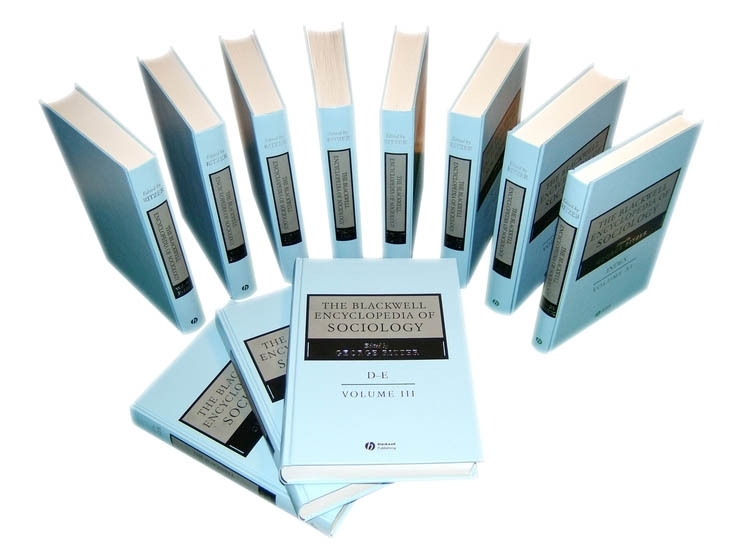Earner–Carer Model
Abstract
The earner–carer model is a fundamentally gender-egalitarian welfare state approach, which assumes that men and women engage in both caregiving and paid employment (Gornick and Meyers, 2003, 2009). Welfare states rest on gendered assumptions about men's and women's roles in the family and in the workplace. The dominant vision of the western welfare state during the twentieth century was the male breadwinner–female caregiver or family wage model (Sainsbury, 1999). According to this model, families were presumed to be composed of a man working outside the home, a woman providing care within the home, and children. The welfare state would intervene to replace the male breadwinner's wage only in cases of unemployment, disability, sickness, or old age, or occasionally to support women's caretaking within the home (Fraser, 1994). By the late twentieth century, the male breadwinner model, which had never been accurate for most working-class and poor families or for same-sex couples, was no longer tenable for even middle-class different-sex couples. Too few jobs pay enough to support an entire family, while relatively few adults specialize in caregiving (Crompton, 1999). Scholars and activists suggest three main models to replace the family wage model: the universal breadwinner model, the caregiver parity model, and the earner–carer model (Fraser, 1994).



